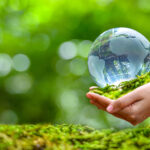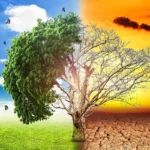The Shocking Effects of Pollution
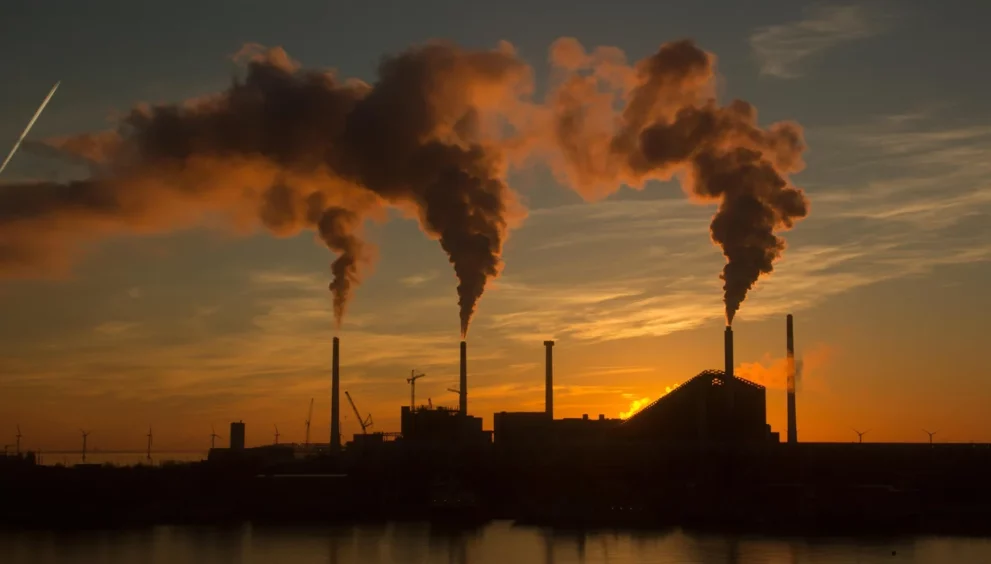
Pollution is an environmental crisis that is quickly worsening and has widespread, far-reaching effects. From the air we breathe to our oceans, lakes, and rivers, it affects both human and animal life alike. Pollution can have a severe impact on our health, reducing crop yields and contaminating drinking water sources. It also causes damage to wildlife habitats, leading to the decline of many species and threatening biodiversity. Not only that, but pollution carries a hefty economic cost as well. Today we will discuss the shocking effects of pollution in the world as well as actionable steps we can take to reduce pollution in our communities and make a positive environmental impact.
The Impact of Pollution on Our Health
Pollution is a major health risk for humans, animals, and the environment. Air pollution can lead to severe respiratory illnesses such as asthma, bronchitis, and COPD. Water pollution can contaminate drinking water sources, leading to gastrointestinal illnesses. Noise pollution has been linked to hearing loss, increased stress levels, and sleep disturbances. Additionally, soil pollution can contaminate food sources with dangerous toxins. Chemical pollutants from industrial sources can cause cancer, endocrine disruption, and neurological damage.
Reducing pollution should be priority number one when it comes to preserving human health, only then will we ensure that future generations have healthy lives free from preventable diseases caused by environmental contaminants lurking around every corner! We must all come together now more than ever before to make sure that our planet remains a safe place live so that everyone has a chance to enjoy life fullest extent possible without worrying about potential risks posed by various forms of pollutants entering their daily lives/
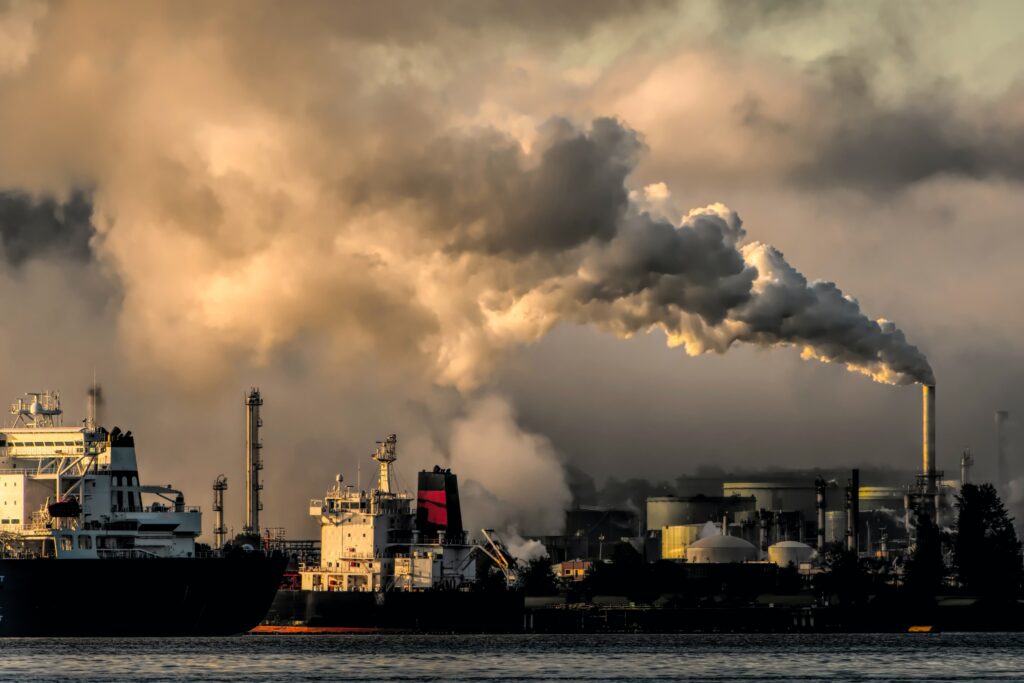
The Impact of Pollution on Wildlife and Marine Life
Pollutants from human activities have a devastating impact on wildlife and marine life. Chemical pollutants, for example, can enter the environment through agricultural runoff or industrial wastewater discharge and can cause physical harm, disrupt behavior, reduce food availability, and contaminate the water resulting in declines in fish populations. Noise pollution is another issue that can interfere with an animal’s ability to find food or mates, disrupt communication between animals, and even lead them to abandon their habitats altogether.
Plastic debris is yet another problem that contaminates our waterways and oceans where it becomes hazardous to sea creatures who mistakenly ingest it or become entangled by it. This debris not only harms individual animals but also damages entire ecosystems as it blocks sunlight from reaching coral reefs which are essential habitats for many species of marine life.
Air pollution is less direct but no less serious than other types of pollutants mentioned above: airborne contaminants like ozone gas emissions damage plants which serve as an important source of nutrition for many species of animals; this depletion in resources reduces biodiversity over time and leads to a decrease in animal populations overall.
We must take preventative measures to reduce the awful effects of pollution before further damage is done beyond repair. Individuals should strive to be conscious about their energy consumption at home or work; businesses should focus on sustainable practices; governments should invest in renewable energy sources instead of relying heavily on fossil fuels; all these actions combined would go a long way towards protecting both humans and animals alike from suffering due to environmental degradation caused by pollution.
How We Can Decrease Pollution in Our Communities
As the effects of pollution become increasingly apparent, we must take steps to reduce them in our communities. From reducing our use of single-use plastic products to supporting local businesses committed to reducing their environmental impact, there are many ways we can make a positive difference.
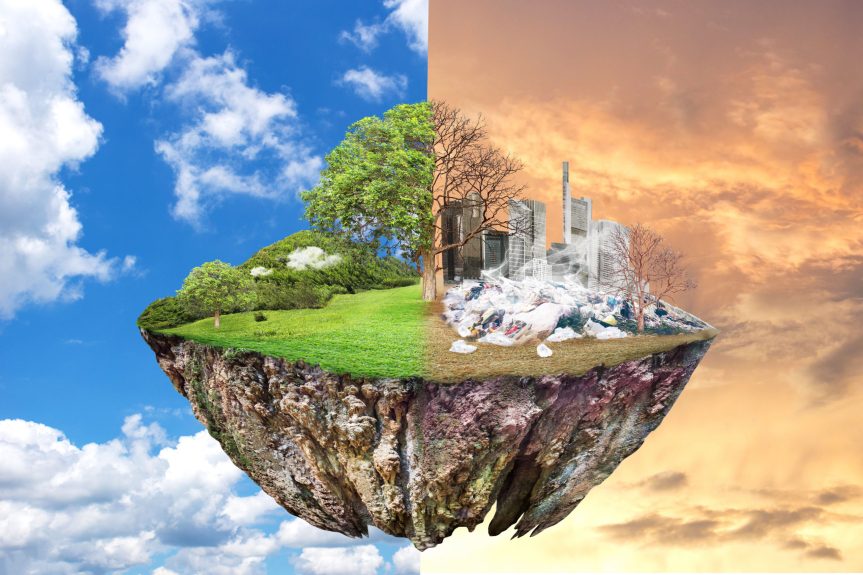
One simple way to reduce pollution in our communities is to start by educating ourselves and others on the different types of pollution, their sources, and their effects. Through knowledge and understanding of the issue, we can begin to take preventative measures such as curbing emissions by investing in renewable energy sources such as solar power or wind turbines. We can also support businesses that have made an effort to reduce their carbon footprint or invest in green infrastructure projects.
Another way we can help reduce pollution is by limiting our consumption of single-use plastic products such as water bottles, straws, and grocery bags. Instead of using these items once and then throwing them away, opt for reusable alternatives like stainless steel water bottles or canvas grocery bags instead. This helps reduce both waste levels and the amount of energy needed to produce new plastics every day.
Green spaces are also essential for creating a healthier environment; they help clean the air through photosynthesis and provide habitats for animals who need them. Investing in green infrastructure projects such as planting trees or establishing community gardens is an excellent way to help create a healthy environment while also providing recreational opportunities for citizens.
In conclusion, to make a positive difference, individuals can start by making small changes in their daily routine such as walking or cycling instead of driving, conserving water, recycling properly, and avoiding single-use plastic products. Furthermore, investing in green infrastructure projects and using natural cleaning products are also great ways to reduce the hilarious effects of pollution.


























































































































































































































































































































































































































































































































































































































































![Fixing [pii_email_aa0fea1a78a192ae7d0f] Microsoft Outlook Error](https://www.huffenpost.com/wp-content/uploads/2023/03/What-Causes-the.jpg)
![Fixing [pii_email_aa0fea1a78a192ae7d0f] Microsoft Outlook Error](https://www.huffenpost.com/wp-content/uploads/2023/03/How-to-fix-the-1-1024x1024.webp)
![Quick fixes for the [pii_email_dbd9dd084703ead3b9cf] Mail Error](https://www.huffenpost.com/wp-content/uploads/2023/03/How-to-Avoid-pii_email_b6b14f95f44a83737071-Outlook-Error-1024x576.jpg)
![How to fix the [pii_email_bbf95bff57a974a71da8] in Microsoft Outlook?](https://www.huffenpost.com/wp-content/uploads/2023/03/How-To-Solve-The-pii_email_9e750e335dfd9d75badb-Outlook-Error.webp)
![How to solve the [pii_email_b6b14f95f44a83737071] Outlook Error](https://www.huffenpost.com/wp-content/uploads/2023/03/How-to-Avoid-pii_email_b6b14f95f44a83737071-Outlook-Error.png)
![Ways to fix the "[pii_email_1fb861393abed78ab415] Error](https://www.huffenpost.com/wp-content/uploads/2023/03/pii_pn_56e685559f213991c933-Error-Causes-and-Solutions2.jpg)
![How to Fix the [pii_email_e2f55b4aa7bb667da6d9] Error](https://www.huffenpost.com/wp-content/uploads/2023/03/How-to-fix-the.webp)
![What Everyone Should Know About [pii_email_59ea919492dfc2762030]](https://www.huffenpost.com/wp-content/uploads/2023/03/pii_email_aa0fea1a78a192ae7d0f-Email-Error-and-Its-Solutions-1024x683.jpg)
![How to Fix the [pii_pn_5359771d15a46e7b88bf] Outlook Email Error](https://www.huffenpost.com/wp-content/uploads/2023/03/pii_email_57a4a2f20ec6813a8481-SMTP-Error-Solution-2.jpg)

























































































